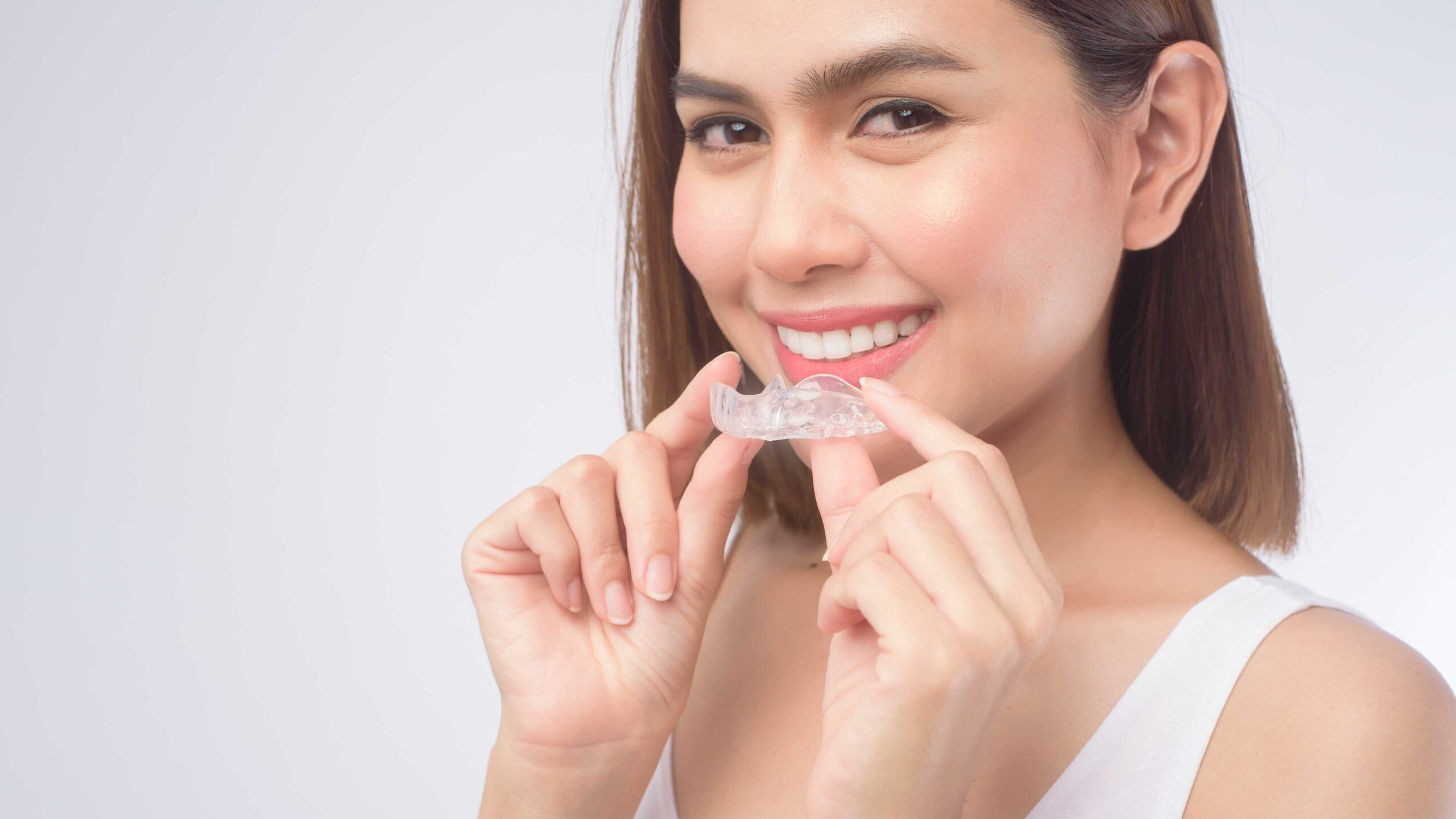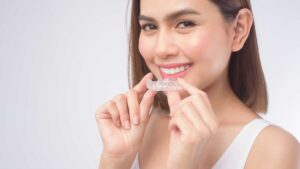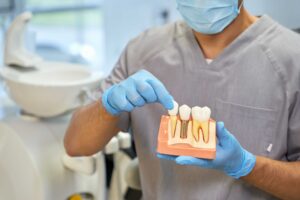Dentistry has traversed a remarkable journey over the ages, transitioning from rudimentary practices to a sophisticated blend of medical science and cutting-edge technology. A significant testament to this progress is the field of orthodontics, particularly the revolutionary shift from traditional braces to the game-changing Invisalign system. In this comprehensive exploration, we’ll embark on an illuminating voyage through the history of dental treatment options, highlighting the transformative advancements that have paved the way for the modern era of oral care.
Early Dental Practices and Orthodontics
Historical Context
The origins of dentistry can be traced back to the ancient Egyptians, who employed various materials, including crushed bones and precious metals, for dental fillings. However, it was the ancient Greeks who laid the foundation for orthodontics. Philosophers like Hippocrates and Aristotle documented observations on tooth alignment and recommended methods to rectify misalignments, albeit in primitive forms.
Braces: The Early Days
Fast-forward to the 18th and 19th centuries, where the nascent concept of braces began to take shape. These early orthodontic devices, though far from the discreet options we have today, marked a significant leap forward. Materials such as gold wires, animal bones, and even ivory were used to fashion braces that aimed to manually align teeth. However, these early braces often posed discomfort and challenges for patients.
The Orthodontic Revolution with Traditional Braces
Development of Modern Braces
The 19th century heralded a transformative era for orthodontics, spearheaded by innovators like Edward Angle. Stainless steel wires and rubber bands revolutionized the field, allowing for more controlled and precise tooth movement. This marked the beginning of modern orthodontic practices, providing orthodontists with tools to enhance patient experience and outcomes.
Braces as Mainstream Treatment
Throughout the 20th century, traditional braces emerged as the standard solution for teeth alignment. While effective, traditional braces posed their own set of challenges. Patients grappled with dietary restrictions, difficulties in oral hygiene maintenance, and aesthetic concerns arising from the visibility of metal brackets. Despite these challenges, traditional braces became an integral part of orthodontic care.
Enter Invisalign: A Game-Changing Innovation
Introduction to Invisalign
The late 1990s introduced a revolutionary breakthrough in orthodontics with the introduction of Invisalign. This system hinged on the concept of using clear, removable aligners to gently guide teeth into alignment. Invisalign’s innovative approach offered a myriad of advantages compared to traditional braces, setting the stage for a paradigm shift in orthodontic treatment.
How Invisalign Works
Invisalign’s methodology centers around the creation of a series of custom-made aligners, each tailored to nudge teeth towards their desired positions. The pivotal role of computer technology in treatment planning enables orthodontists to predict tooth movement, facilitating precise and personalized adjustments throughout the treatment journey.
Technological Advancements in Dentistry
3D Imaging and Digital Impressions
Advancements in dental technology have fundamentally transformed orthodontic treatment planning. Traditional molds have given way to digital scans, creating a three-dimensional model of a patient’s teeth. This transition not only enhances patient comfort but also augments precision and accuracy in treatment planning.
Predictive Treatment Planning
The integration of computer simulations into orthodontic practice has ushered in a new era of predictive treatment planning. This technology empowers orthodontists and patients alike by offering a visual representation of the expected treatment outcomes prior to the commencement of treatment. This transparency allows patients to make informed decisions and fosters a collaborative treatment journey.
Patient Experience and Satisfaction
Comfort and Discretion
One of Invisalign’s standout attributes lies in the unparalleled comfort it provides. Unlike traditional braces with protruding metal components, Invisalign’s smooth aligners cause minimal irritation to the cheeks and gums. Moreover, the clear aligner design ensures that treatment remains inconspicuous, boosting patient confidence throughout the process.
Lifestyle Benefits
Invisalign’s removable nature bestows patients with newfound freedom. The ability to remove aligners during meals permits them to indulge in their favorite foods without concern. Moreover, maintaining oral hygiene becomes a straightforward task as aligners can be easily removed for brushing and flossing.
The Future of Orthodontics
Ongoing Innovations
The trajectory of orthodontics continues to evolve, with ongoing research and development efforts aimed at enhancing the patient experience. Advancements in material science, treatment methodologies, and integration of technology are poised to further redefine orthodontic care.
Personalized Treatment Plans
As we gaze into the future of orthodontics, the concept of personalized treatment plans takes center stage. With the integration of artificial intelligence and machine learning, orthodontists can devise treatments tailored to individual patient needs. This bespoke approach ensures that treatment outcomes are not only efficient but also aligned with patient expectations.
Frequently Asked Questions (FAQs)
What is the main difference between traditional braces and Invisalign?
Traditional braces use metal brackets and wires to align teeth, while Invisalign employs clear, removable aligners for discreet treatment.
Are traditional braces still effective?
Yes, traditional braces remain effective for correcting various dental issues. However, Invisalign offers a more discreet and comfortable alternative.
Can I eat normally with Invisalign?
Absolutely! Invisalign aligners are removable, allowing you to enjoy your favorite foods without restrictions.
Is Invisalign suitable for all cases?
Invisalign is effective for a wide range of cases, but the suitability depends on your specific dental condition. Consultation with an orthodontist is recommended.
Will Invisalign aligners affect my speech?
Initially, you may experience slight changes in speech patterns, but most patients adapt quickly.
How often should I wear my Invisalign aligners?
For optimal results, aligners should be worn for 20 to 22 hours per day, only removing them for meals and oral hygiene routines.
Can I switch to Invisalign if I'm already wearing traditional braces?
Consult your orthodontist to determine if transitioning to Invisalign is a viable option based on your treatment plan and progress.
Will my insurance cover Invisalign treatment?
Insurance coverage varies. It’s advisable to check with your provider to understand your specific coverage details.
How often will I need to visit the orthodontist during Invisalign treatment?
How long does Invisalign treatment usually take?
The duration of Invisalign treatment varies depending on the complexity of your case. On average, it ranges from 6 to 18 months.
Improve Your Oral Health With Hedgecock Dental
Hedgecock Dental is available for all of your family dentistry needs. Our dental office in Austin, TX provides general, sedation, restorative and cosmetic dentistry to patients of all ages.
References
National Institute of Dental and Craniofacial Research (NIDCR): The NIDCR is a division of the National Institutes of Health (NIH) focused on dental and craniofacial research. It provides valuable information on various dental procedures, including cosmetic dentistry. You can find research, patient resources, and educational materials related to improving oral health and enhancing smiles.
Centers for Disease Control and Prevention (CDC) – Oral Health: The CDC’s Oral Health section offers comprehensive information about maintaining oral health and improving smiles. While not exclusively focused on cosmetic dentistry, this resource provides valuable insights into overall oral health practices that contribute to achieving and maintaining a beautiful smile.
Health Resources and Services Administration (HRSA) – Oral Health : The HRSA’s Oral Health section offers resources and information about oral health, including tips for maintaining healthy smiles and improving dental aesthetics. While not exclusively focused on cosmetic dentistry, this resource provides insights into overall oral health practices that contribute to achieving and maintaining a beautiful smile.





